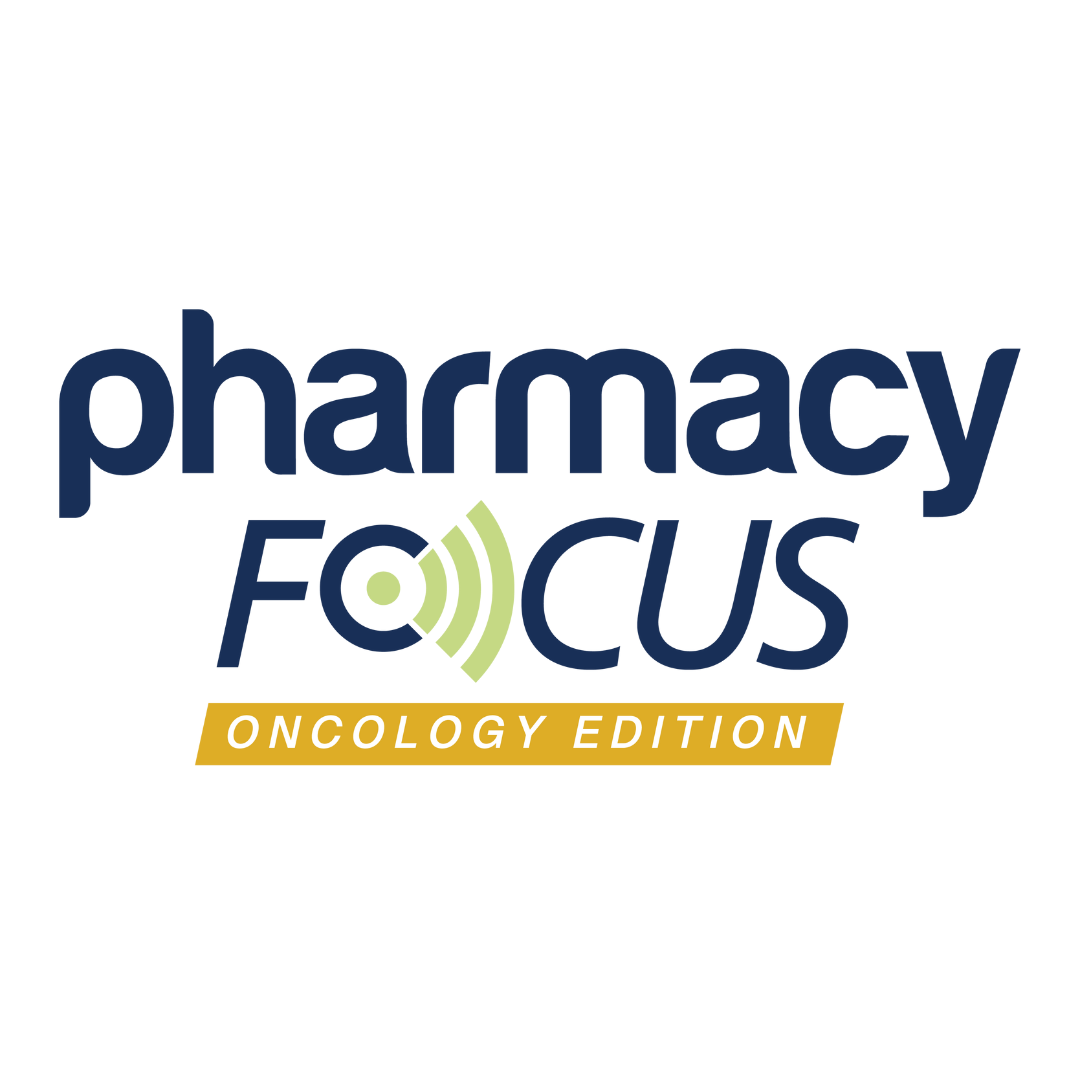
Commentary
Article
Navigating the Complexities of the Cell and Gene Therapy Landscape: Insights From the 2025 Advanced Therapies Report
Author(s):
The report highlights the expanding role of pharmacists in navigating regulatory, financial, logistical, and clinical complexities to ensure safe, equitable, and effective delivery of cell and gene therapies amid a rapidly growing and evolving treatment landscape.
The cell and gene therapy landscape is undergoing rapid evolution, with more than 22 FDA-approved therapies on the market in 2025 and projections forecasting over 200 approvals and 100,000 treated patients in the US by 2030. This surge in innovation, spanning conditions from sickle cell disease to solid tumors and powered by diverse platforms such as gene editing and tumor-infiltrating lymphocyte (TIL) technologies, marks a transformative moment in medicine.
However, there remain complexities in the delivery of cell and gene therapies across the care continuum. In Cardinal Health’s inaugural 2025 Advanced Therapies Report, authors of the report compile insights into the state of the cell and gene therapy industry from a comprehensive survey of approximately 100 health care providers, as well as interviews with subject matter experts and a patient who received CAR T-cell therapy. The authors explain how challenges in the delivery of cell and gene therapy span regulatory navigation, patient referral and enrollment, reimbursement barriers, logistical coordination, and long-term follow-up. This article distills key insights from the report, particularly how pharmacists are uniquely positioned to lead the process of overcoming these challenges, ensuring the safe, equitable, and efficient delivery of these therapies.
Accelerating Innovation Amid Growing Complexity
Genetically engineered chimeric antigen receptor immune cell with implanted mRNA gene strand. Image Credit: © Christoph Burgstedt - stock.adobe.com

Since the first CAR T-cell therapies entered the US market in 2017, cell and gene therapies have expanded rapidly in both scope and indication. New approvals now include therapies for sickle cell disease, hemophilia, and solid tumors, and utilize a range of platforms, including gene editing and TIL technologies.
Despite this momentum, cell and gene therapies present unique challenges that complicate adoption at scale. These include their high upfront costs, individualized manufacturing processes, stringent handling and storage requirements, and complex reimbursement models. Pharmacists are increasingly tasked with ensuring safe and efficient therapy delivery while supporting patients through demanding treatment journeys.
Regulatory and Policy Landscape: The Role of Pharmacy in Advocacy and Oversight
In the report, regulatory experts note that chemistry, manufacturing, and controls requirements remain a persistent hurdle in cell and gene therapy development and commercialization. Pharmacists, particularly those involved in investigational product support or manufacturing liaison roles, benefit from understanding the evolving federal policies and expedited pathways that shape market access. Notable among these are the FDA’s breakthrough therapy and regenerative medicine advanced therapy designations.
The Centers for Medicare & Medicaid Services also launched the cell and gene therapy access model in 2024, targeting Medicaid patients with rare diseases such as sickle cell. However, this model may evolve under future administrations, affecting formulary access, pricing negotiations, and coverage consistency across states.
Referral and Enrollment Challenges: Pharmacists as Coordinators of Complex Care
Survey data from the report underscore the critical role pharmacists play in coordinating care between referring providers and cell and gene therapy administration sites. Only 20% to 40% of eligible patients are ultimately referred for cell and gene therapy, often due to fragmented data systems, administrative burden, and inconsistent communication.
Pharmacists at administering institutions report that insurance verification is the most significant enrollment barrier, with 77% citing it as a pain point. Additionally, the lack of social support for patients—cited by 64% of survey respondents—often prevents patients from successfully completing enrollment. These findings highlight the pharmacist’s role in not only logistical coordination, but also in supporting patients through advocacy, education, and navigation of health systems.
Reimbursement and Access: Innovative Payment Models on the Horizon
Pharmacists involved in market access and financial operations should note that coverage inconsistencies and cost-sharing requirements continue to limit patient access to cell and gene therapies. Challenges cited include burdensome prior authorization processes, restrictive medical policies, and inadequate inpatient reimbursement.
While bundled payment mechanisms such as MS-DRG 018 have improved inpatient reimbursement for CAR T therapies, outpatient cell and gene therapies often depend on single-case agreements that delay treatment and strain provider operations. Pharmacists can support value-based care by participating in early payer engagement, managing financial risks through buy-and-bill alternatives, and collaborating with specialty pharmacies for drug procurement.
Logistics, Supply Chain, and Technology: Expanding the Pharmacist’s Operational Role
The report stresses the importance of pharmacist involvement in advanced therapy logistics. From leukapheresis coordination to postmanufacturing delivery, pharmacists ensure therapies are received, stored, and administered within narrow windows of viability. Delays in any part of the process can jeopardize the treatment cycle.
Innovations that offer centralized, digital ordering capabilities can streamline therapy access, according to the report authors. Pharmacists can play a critical role in implementing such tools, reducing manual errors, and improving therapy tracking across the patient journey.
LTFU and Real-World Evidence: The New Frontier for Outcomes Data
Patients receiving cell and gene therapies often require up to 15 years of follow-up, especially those receiving gene therapies. Pharmacists involved in care coordination and clinical outcomes monitoring are essential in implementing systems for LTFU, including documentation of adverse events, clinical durability, and patient-reported outcomes.
Barriers to sustained follow-up include geographic distance, changes in insurance coverage, and loss to follow-up. To mitigate these, decentralized monitoring models and integration of real-world evidence systems are gaining traction. Pharmacy teams are increasingly leveraging tokenized data, digital health tools, and telehealth platforms to maintain patient engagement and gather meaningful long-term data.
Patient-Centered Care: Addressing the Human Side of Cell and Gene Therapy
Throughout the report, patient experience is a central theme. A compelling narrative from Brad Watts, a CAR T recipient, illustrates the importance of patient advocacy, caregiver support, and logistical flexibility (eg, outpatient treatment options). Pharmacists often serve as trusted educators and liaisons, ensuring patients understand their treatment plans and potential risks, while coordinating multidisciplinary support systems.
According to the authors of the report, patients often cite travel, housing, and extended proximity to treatment centers as barriers to access. Pharmacists can mitigate these challenges by linking patients with support services, applying for foundation aid, and advocating for decentralized treatment models.
Looking Ahead: Key Takeaways for Pharmacy Professionals
The cell and gene therapy field is poised for continued expansion, with expectations of broader access and refined processes over the next decade. For pharmacists, this means a continued evolution of roles, from supply chain and financial coordination to clinical monitoring and patient education.
The report outlines 3 priorities for the cell and gene therapy field moving forward:
- Expanding cell and gene therapy administration to community settings to reduce travel burdens and improve equity in access.
- Enhancing financial support mechanisms to address high upfront costs and out-of-pocket expenses.
- Improving digital infrastructure to enable seamless communication, real-time updates, and efficient long-term tracking.
By embracing a multidisciplinary, patient-focused approach and staying engaged with evolving policy and technological innovations, pharmacy professionals will remain central to the success of cell and gene therapy implementation.
REFERENCES
Cardinal Health. 2025 Advanced Therapies Report. Cardinal Health. 2025. Accessed May 22, 2025. https://www.cardinalhealth.com/content/dam/corp/web/documents/Report/cardinal-health-advanced-therapies-report-25.pdf
Newsletter
Stay informed on drug updates, treatment guidelines, and pharmacy practice trends—subscribe to Pharmacy Times for weekly clinical insights.
2 Commerce Drive
Cranbury, NJ 08512
All rights reserved.




